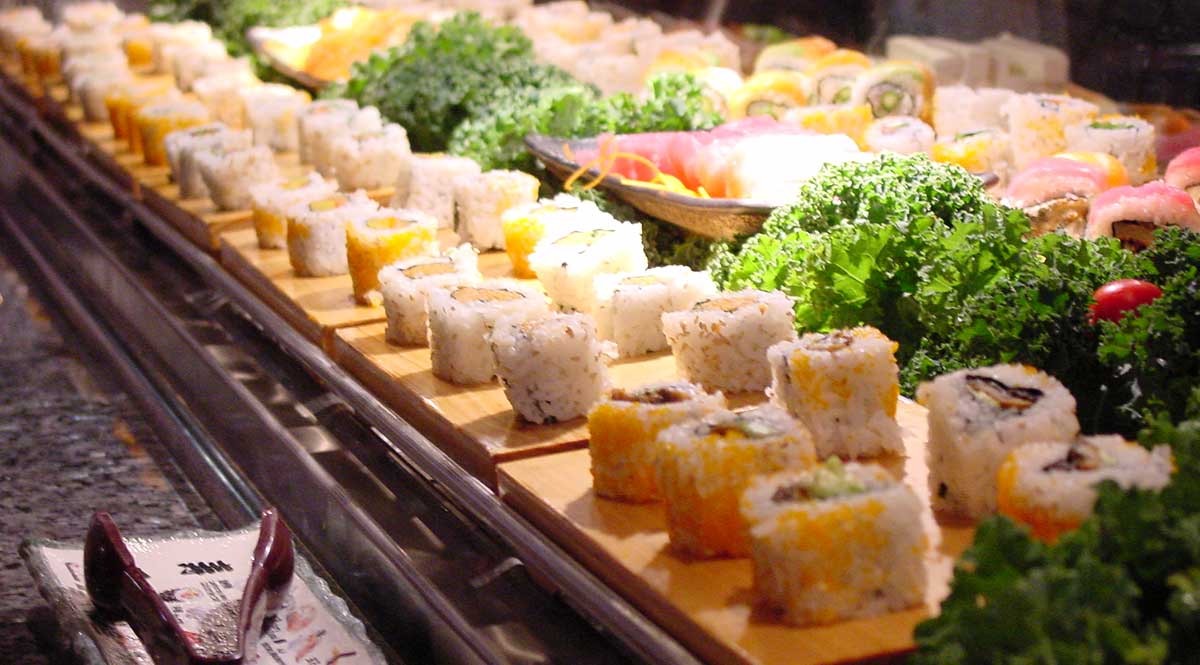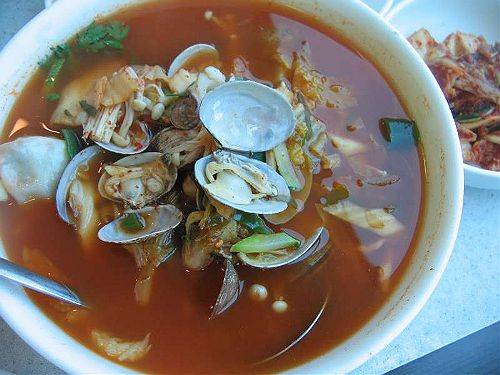
The Big Wild Goose Pagoda is closely associated to the Buddhist relics. In the 3rd year of the reign of Yonghui (652 A.D), Master Xuanzang built this pagoda to house the Buddhist scriptures and the Buddhist relics he brought back from India. According to THE BIOGRAPHY OF THE MASTER OF BUDDHISM, Master Xuanzang brought back 150 relics of the flesh and a box of relics of the bone, the number of which was not specified. In the description of the construction of the pagoda in this book, it is said that every story of the pagoda housed about either 1,000, or 2,000, or 10,000 Buddhist relics at its center. Later during the reign of Chang'an by Empress Wu Zetian, she had the pagoda reconstructed and the whereabouts of the relics were not mentioned in any of the historical records. In spite of the effort of Master Xuanzang to get the Buddhist relics to China, whether they were put away somewhere or whether they were lost remains a mystery in the history forever.
Relics (Sheli in Chinese) is the transliteration of “SHE LI LO” or “SHI LI LO” in Sanskrit, meaning “the remains”. They were the remains of the cremation of the body of the Buddha after his nirvana. The legend has it that the relics of the Buddha were divided among eight kings. In light of the Buddhist theory, relics were the manifestations of the achievements of the Buddha or other accomplished monks. They were the crystallization of the conversion of religious discipline, cultivation and meditation, and wisdom. Relics are virtually the crystal of the remains after the cremation. They fall into different kinds. The white ones are the relics of the bone. The pinkish ones are the relics of the flesh while the gray ones are the relics of the hair. Relics of bones such as Buddha's teeth, Buddha's skull, and Buddha's fingers are often though to be even more precious, sacred and mysterious.
Where are the Buddhist relics brought back by Master Xuanzang? Are they in the underground palace or somewhere in the pagoda? This mystery remains unknown and it might be uncovered one day by the future excavation.








 PREVIOUS
PREVIOUS